
About Botanical Garden
Established in 1920, The Botanical garden has been a part of glorious history of 101 years of The Maharaja Sayajirao University of Baroda. The garden was established under the supervision and guidance of Prof. S. V. Shevade, F.I.S., F.R.A.S (HOD, Biology, Baroda College). It is spread over an area about 2.5 acres. The area of about 4.5 acres was given by the University for the Establishment of an Arboretum on the left side of University Head office. The Arboretum was established in 1962 under the supervision of Prof. A. R. Chavan, then HOD and the Superintendent of the Botanical Garden This garden has garnered over thousands of students of Plant Science to study the plant wealth present in this area since 1920. Because of many suitable environmental factors, garden displays a variety of life forms of its own in different seasons. This Botanical garden is a biological resource Centre that provides data storage, distribution, documentation, education interpretation and conservation. For a student of Plant Science, Botanical garden is a laboratory where students come in direct contact with live objects of their studies.
Today, The Botanical garden is the proud home of over 1,059 species inclusive of 680 Angiosperms, 281 Trees, 37 Cactus, 38 Succulents, 21 Orchids and 23 Pteridophytes. Conservation is also a visible priority for the botanical gardens, second only to education. Several Endangered, rare and threatened plant species find their homes here like Givotia rottleriformis, Gauzuma ulmifolia, Kigelia pinnata Commiphora wightii, Hyphaene dichotoma, Strychnos potatorum, Pereskia, Talinum, Hydnocarpus, Equisetum, Filicium decipiens, Ochna obtusa, Haematoxylum campechianum etc. Some of the exclusive plants of the Garden are Annona muricata, Beaumontia grandiflora, Bilbergia, Strophanthus, Kleinhovia hospitata, Milletia racemosa, Pterospermum acerifolium, and various species of Terminalia. The beauty of the garden owes to plants like Paulownia, Saraca indica, Couroupita guianensis, Butea monosperma, Spathodea campanulata, Tecoma stans, Cassia fistula, Delonix regia,, Dombeya wallichii and D. natalensis and Sterculia urens. The Gymnosperms which have made the Garden more attractive include Cycas circinalis & Cycas revoluta (Almost 90 years old), Cycas rumphii, Zamia furfuraceae, Zamia spp. and Podocarpus gracilor. The garden also has elite Fern and Cactus House having a collection of some procured rare ferns belonging to the genera Adiantum, Nephrolepis, Asplenium, Pteris etc. Cactus from around the world such as Echinocactus, Echinopsis, Ferocactus, Notocactus, Opuntia, Perieskiopsis, Aloe spp. the only member of the Cactaceae family having broad perennial leaves, called perskia is present here.
In recent times, with the financial assistance of National Medicinal Plant board, Medicinal Plant section was also added to the arboretum in the year 2009. There are approximate 350 medicinal plant plots which include plants like Acorus calamus, Alpinia galanga, Aloe ferox, Artemisia annua, Asparagus racemosus, Centella asiatica, Coleus forskohlii, Enicostema littorale, Fagonia cretica, Pedalium murex, Plumbago indica, Lotus garcini, Lycium europaeum, Monsonia senegalensis, Piper longum, Pavonia odorata, Rivinia humilis, Stevia rebaudiana, Uraria picta, Vogelia indica, Mimosa pudica, Biophytum sensitivum, Rauwolfia serpentina, Cymbopogon martini, Pogostemon heyneanus, Ocimum basilicum and Vetiveria zizanoides. The best of this natural teaching seating arrangement is open class theater which provides real world experience to the students. The main attraction of the garden is the RET plants and infrastructural facilities like Green house, Autonomous Glass house, wire house, Fern house and interpretation center which is used for preservation of RET and ornamental plants of Research. It also includes nursery, fernery, cacti collection, Diverse Germplasm collection etc. Another attraction point is Aquatic pond which having 84 different aquatic species and 41 lotus species. Botanical garden is adequately equipped with irrigation facilities and also store room, instrument room for garden Equipments. The approximate number of students at college and University level visiting the garden is about 5000 every year. In brief this Botanical garden is the best place for conservation and collection of plants.it is a repository of biodiversity.
Vision
Conservation and sustainable utilization of the plant biodiversity of India, particularly of the arid, semi-arid, dry deciduous, and moist deciduous forest of India, for the well-being of society.
Mission
The mission is to advance knowledge, enjoyment, and conservation of plants through excellence in biodiversity research management, horticulture displays, and educational programs.
Objectives
- Conservation, study, and propagation of plant species especially, rare, endangered, and threatened plants.
- Collection, documentation, and maintenance of indigenous and exotic plant species.
- To create an awareness about the conservation and importance of plants in society through innovative activities.
- Sale and exchange of seeds, plants, and other planting materials to individuals and research institutions.
- Provide recreation facilities to the public in general and expose them to different hands-on learning.
- Research: to pursue Botanical Garden, horticultural, and other appropriate research programs of quality, as judged by nationally accepted standards.
- Interpretation, education, and information: to promote community awareness and knowledge of plants and the importance of their conservation.
Plants
IUCN category vise rare, endemic and endangered plants of Gujarat
Garcinia indica Choiss.
Common name: Kokum
Family: Clusiaceae
IUCN Status: Vulnerable
Evergreen trees, trunk slender usually buttressed at the base, leaves simple, flowers polygamoecious, fuits are berry globose.
Significance:Fruits contain rich amounts of anti-oxidants that bind with free radicals and prevent oxidative damage to body cells. They also promote cell regeneration and repair. Extracts from the fruits are traditionally used to relieve gastric problems like acidity, flatulence, constipation and indigestion.

Garcinia talbotii Raizada ex Santapau
Common name: Talbot Garcinea
Family: Clusiaceae
IUCN Status: Least Concern
Trees up to 20 m tall, bark yellowish or brown, branchlets angular, glabrous, leaves simple,opposite deccussate, flowers dioecious, berry globose
Significance:Used as dye stuff. This plant has now become rare in their natural habitat because of high predation and over exploitation for it use as a firewood.

Tephrosia jamnagarensis Santapau
Family: Fabaceae
IUCN Status: Endangered
Is an annual herb found growing in savanna. It favours a particular environmental gradient determined by topography and salinity and grows well in semi-arid climate.
Significance:The plant is not commercially traded. However the presence of phytocomponents like flavanoides, steroides, terpens and chalcones in aerial parts and seeds of this plant indicate that this plant may posses antioxidant properties and other iological activity which need to e further explored.

Dolichandron falcata (Wall. Ex DC.) Seem.
Common name: Medhshingi
Family: Bignoniaceae
IUCN Status: Least Concern
Dolichandron falcata is a small deciduous tree with bluish-gray bark. Peeling in irregular woody scales. Leaves are compound, leaflets are obovate. Flowers are white borne in mostly 1-3 flowered corymbs.
Significance: It is very hardly and drought resistant and fit for propagation in the driest localities.

Radermachera xylocarpa (Roxb.) Roxb. ex K. Schum.
Common name: Padri tree
Family: Bignoniaceae
IUCN Status: Near Threatened
It is usually found in dry deciduous forests of Central India. It is a rare species in the central Indian region with very thin and scattered population.it is widely cultivated as ornamental, for the showy flowers. Leaves are bipinnate, leaflets are elliptic, oblong sharp-tipped with a rounded base. Flowers are white, funnel-shaped.
Significance: Resin is used for the treatment of skin diseases. Rootbark bitter, astringent, used as substitute for Stereospermum personatum (Hassk.).

Acorus calamus (Linn.)
Common name: Sweet flag
Family: Acoraceae
IUCN Status: Least Concern
Hardy perennial herb of marshy places. 6 feet tall, aromatic, rhizome stout, pinkish: leaves to % inch wide with a prominent midrib. Spadix stout.
Significance: The genus Acorus is considered to be the most primitive extant monocot. The leaves of Acorus calamus have a lemony scent as well as the roots have a sweet fragrance. Acorus calamus has long been known for its medicinal value. The root is carminative, slightly tonic, flatulent colic, atonic dyspepsia etc.

Commiphora stocksiana (Engl.) Engl.
Common name: Mitho Guggal
Family: Burseraceae
IUCN Status: Endangered
Is a balsamiferous small tree or shrub in hilly and moderately undulating terrain. Tree is preferred to grow in substratum of rocks or boulders and in sandy soil.
Significance: It is an important medicinal plant traditionally uses from long time. Commiphora stocksiana has limited distribution in India therefore its facing risk of extinction from India. The species needs conservation measure to protect its gene pool from extinction.

Balanites aegyptiaca (L.) Del.
Common name: Desert date
Family: Zygophyllaceae
IUCN Status: Least Concern
Is spiny or tree up to 10 m tall, widely distributed in dry land areas of Africa and South Asia.
Significance: It is traditionally used in the treatment of various ailments such as jaundice, intestinal worm infection, wounds etc. The seeds of this plant contain30-60% oil which is edible and used as cooking oil.

Bombax insigne Wall.
Common name: Showy silk cotton tree
Family: Bombacaceae
IUCN Status: Critically Endangered
Showy Silk cotton tree is a large deciduous tree very similar and often mistaken for the red silk cotton tree, with an unarmed or slightly prickly trunk. Leaves are compound, leaflets are obovate with a pointed tip. Flowers are very showy , scarlet, pink, creamy or white. Fruit is a capsule, distinctly five-angled filled with silky cotton and rounded seeds.
Significance: The species name insigne means striking, noted, spectacular. They are used to treat cutaneouss troubles. Differet plant parts are use as treatment for various conditions and diseases like cholera, fractures, toothace, coughs, urinary problems, influenza, and snake bites among others. Flwers are astringent and refrigerant.

Stereospermum chelonoides (L.f.) DC.
Common name: Fragrant Padri Tree
Family: Bignoniaceae
IUCN Status: Least Concern
Fragrant Padri Tree is globally distributed in Indo-Malesia. Within India, it is found in tropical Himalayas, Assam, Meghalaya and in moist deciduous forests of Western Ghats. Fragrant Padri Tree is a large deciduous tree, 10-20 m tall, with velvet-hairy branches. Leaves are compound and flowers are borne in large lax panicles.
Significance: Stereospermum chelonoides known as Patala is a medicinal herb which is used for treating health ailments such as rheumatism, infections, inflammation and cancer. It is bitter, cardio tonic, astringent, diuretic, cooling and tonic. It provides relief from three dosas, difficulty in breathing, anorexia, vomiting, piles, thirst and hiccough.

Pterocarpus santalinus L.f.
Common name: Red Sandlewood
Family: Fabaceae
IUCN Status: Endangered
Pterocarpus santalinus is a small to medium sized deciduous tree having a dense, round crown reaching a height of 10 to 15 m with a girth of about 90 to 160 cm. The bark is typically dark brown in colour with rectangular plates and deeply fissured when matured. When blazed, it exudes a red colour gum with numerous pink streaks. The leaves are pinnately compound which are generally shed during January and March. With the onset of summer, new flush of leaves is produced along with large yellow colored raceme flowers.
Significance: Red Sandlewood has demand both in domestic and international markets. There are two types of wood that is popular in trade, one is wavy or ripple grained and the other is straight grained. The sapwood is white, heartwood is red to almost purplish black with streaks, the grains are interlocked, medium to fine textured, extremely strong, hard, heavy and is impregnated with reddish brown gum containing red dye Santalin. The timber seasons well and is immune to white ants and other insects.

Sterculia guttata Roxb.
Common name: Spotted Sterculia
Family: Sterculiaceae
IUCN Status: Critically Endangered
Deciduous Tree, mostly found in evergreen and in semi-evergreen forests along river side or rocky bed. Spotted Sterculia is a tree with a straight greyish-brown trunk. It is a larval host plant for Coladenia indrani (Himalayan Tricolor Pied Flat butterfly).
Significance: A useful fiber, used locally, is obtained from the bark of wild trees. The bark of the younger parts of the tree abounds with very strong, white, flaxen fiber which is used to make a kind of coarse cloth. Extracts from its seeds have been tested for use as insecticides against mosquito larvae.

Dalbergia latifolia Roxb.
Common name: Black Rosewood
Family: Fabaceae
IUCN Status: Vulnerable
The tree has grey bark that peels in long fibers, pinnately compound leaves, and bunches of small white flowers. It grows as both an evergreen and a deciduous tree in the deciduous monsoon forests of India making the tree very drought hardy.
Significance: The tree produces a hard, durable, heavy wood that, when properly cured, is durable and resistant to rot and insects. It is grown as a plantation wood in both India and Java, often in dense, single species groves, to produce its highly desirable long straight bore. Wood from the tree is used in premium furniture making and cabinetry, guitar bodies and fretboards, exotic veneers, carvings, boats, skis, and for reforestation.

Bauhinia malabaricaRoxb.
Common name: Malabar Bauhinia/mountain ebony
Family: Caesalpiniaceae
IUCN Status: Least Concern
Malabar Bauhinia is a native ornamental species belonging to the family Fabaceae, distributed throughout India in semi evergreen and moist deciduous forests and in gardens.

Pterocarpus marsupium Roxb.Roxb.
Common name: Indian Kino Tree
Family: Fabaceae
IUCN Status: Near Threatened
The tree is found in central and peninsular India, chiefly in dry mixed deciduous tropical forests of Gujarat, Madhya Pradesh, and sub- Himalayan tracts. Pterocarpus species can be recognized in field by its straight bole, longitudinally fissured bark, imparipinnate and elliptic leaves, fragrant flowers in large panicles, and winged, flat pods.
Significance: Parts of the Indian Kino Tree (heart wood, leaves and flowers) have long been used for their medicinal properties in Ayurveda. The heart wood is used as an astringent and in the treatment of inflammation. The wood and bark of the tree are known for their anti-diabetic activity.

Tecomella undulata (Sm.) Seem.
Common name: Roheda, Honey Tree
Family: Bignoniaceae
IUCN Status: Endangered
Plant is distributed in drier parts of North-West and Western India extending eastwards to the river Yamuna and ascending to an altitude of 1200 meter in the outer Himalaya. Tecomella undulata is a slow growing small deciduous tree with drooping branches and stellately grey-tomentose innovations. Leaves are usually opposite, 5- 10 cm long, simple, narrowly oblong, obtuse and entire with undulate margins. Flowers are pale-yellow to deep orange, arranged in few flowered corymbose racemes on short lateral branches.
Significance: The bark obtained from the stem is used as a remedy for syphilis. It is also used in curing urinary disorders, enlargement of spleen, gonorrhoea, leucoderma and liver diseases. Seeds are used against abscess.

Chlorophytum borivilianum Santapau & R.R.Fern.
Common name: Safed Musli
Family: Asparagaceae
IUCN Status: Critically Endangered
Safed Musli, sometimes referred to simply as Musli or Indian Spider Plant is an herb used in Ayurvedic medicine primarily as an anti-inflammatory, an aphrodisiac, and adaptogen.
Significance: Currently, Safed Musli is primarily marketed as useful in supporting men in both vitality and sexual health. Research supports the use of Safed Musli in supporting increased serum testosterone, libido, erectile dysfunction.

Hardwickia binata Roxb.
Common name: Anjan
Family: Caesalpiniaceae
IUCN Status: Least Concern
Anjan is a medium or large deciduous ornamental tree. It is a native of India.
Significance: The leaves are given as fodder to cattle, which eat them greedily. The wood is extremely durable and makes excellent piles for bridge foundations.

Locally rare, endemic and endangered plants of Gujarat
Averrhoa bilimbi Linn.
Common name: Bilimbi
Family: Oxalidaceae
Local Status: Rare Endemic

Beaumontia grandiflora Wall.
Common name: Nepal Trumpet Flower
Family: Apocynaceae
Local Status: Rare, Cultivated

Eleocarpus sphaericus (Gaertn.) K. Schum
Common name: Rudraksha
Family: Eleocarpaceae
Local Status: Rare, Cultivated

Aphanamixis polystachya (Wall.) R.Parker
Common name: Pithraj tree
Family: Meliaceae
Local Status: Rare, Cultivated

Parkia roxburghii G. Don.
Common name: Tree Bean
Family: Mimosaceae
Local Status: Rare, Cultivated

Polyalthia cerasoides (Roxb.) Hook.f. & Thomson
Common name: Cherry Ashok
Family: Annonaceae
Local Status: Extinct in Wild, Cultivated

Oroxylum indicum (L.) Kurz
Common name: Indian Trumpet Tree
Family: Bignoniaceae
Local Status: Rare

Justicia wynaadensis (Nees) T. Anderson
Common name: Wayanad Justicia
Family: Acanthaceae
Local Status: Endemic

Barleria Lawii T. Anderson
Common name: Law's Barleria
Family: Acanthaceae
Local Status: Endangered

Barleria gibsonii Dalzell
Common name: Gibson's Barleria
Family: Acanthaceae
Local Status: Vulnerable

Dendrobium barbatulum Lindl.
Common name: Bearded lip orchid
Family: Orchidaceae
Local Status: Vulnerable

Dendrobium microbulbon A. Rich.
Common name: Tiny dendrobium
Family: Orchidaceae
Local Status: Near Threatened
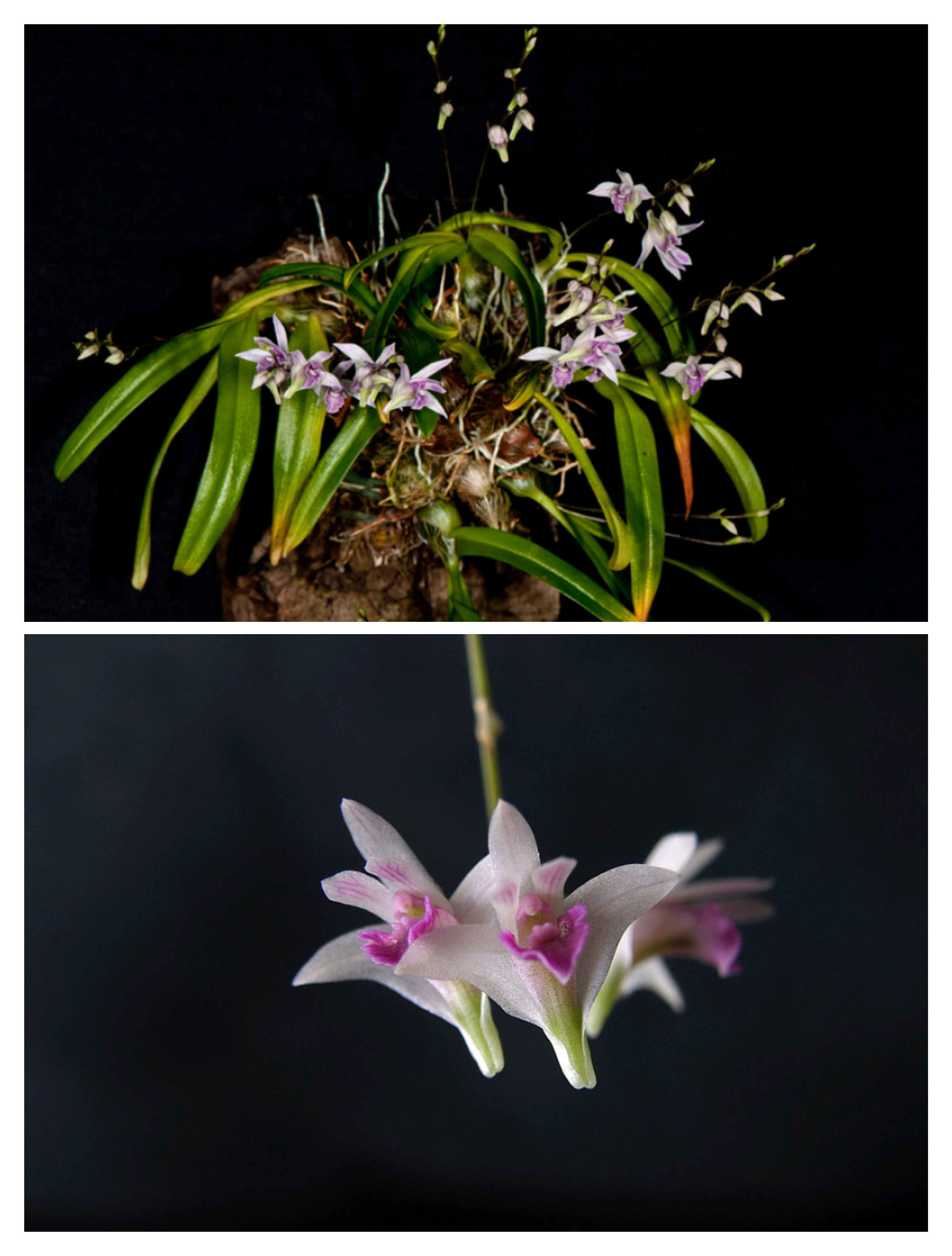
Dendrobium ovatum L. Kraenzl.
Common name: Green lipped dendrobium
Family: Orchidaceae
Local Status: Endangered
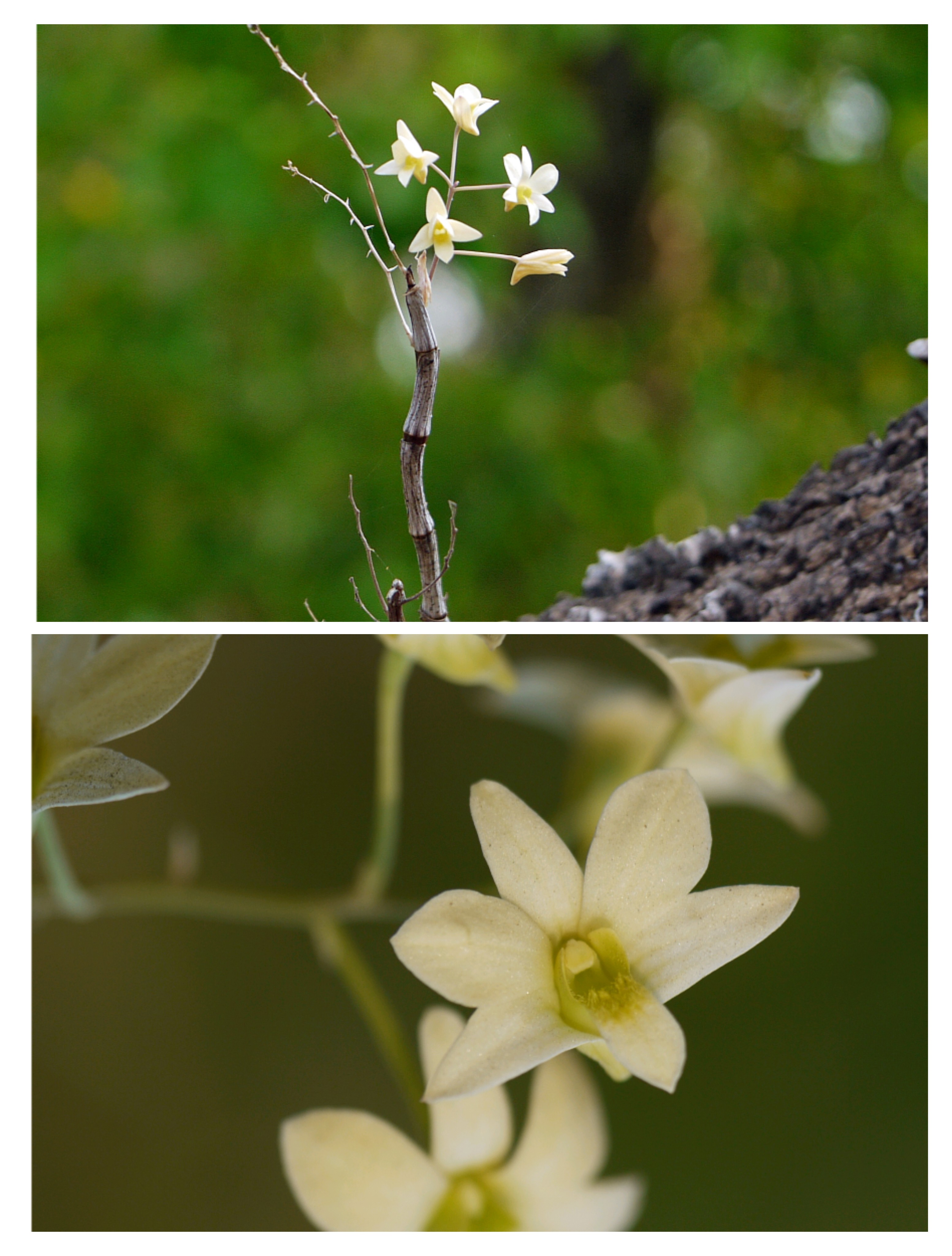
Habenaria foliosa A. Rich.
Common name: Leafy habenaria
Family: Orchidaceae
Local Status: Vulnerable
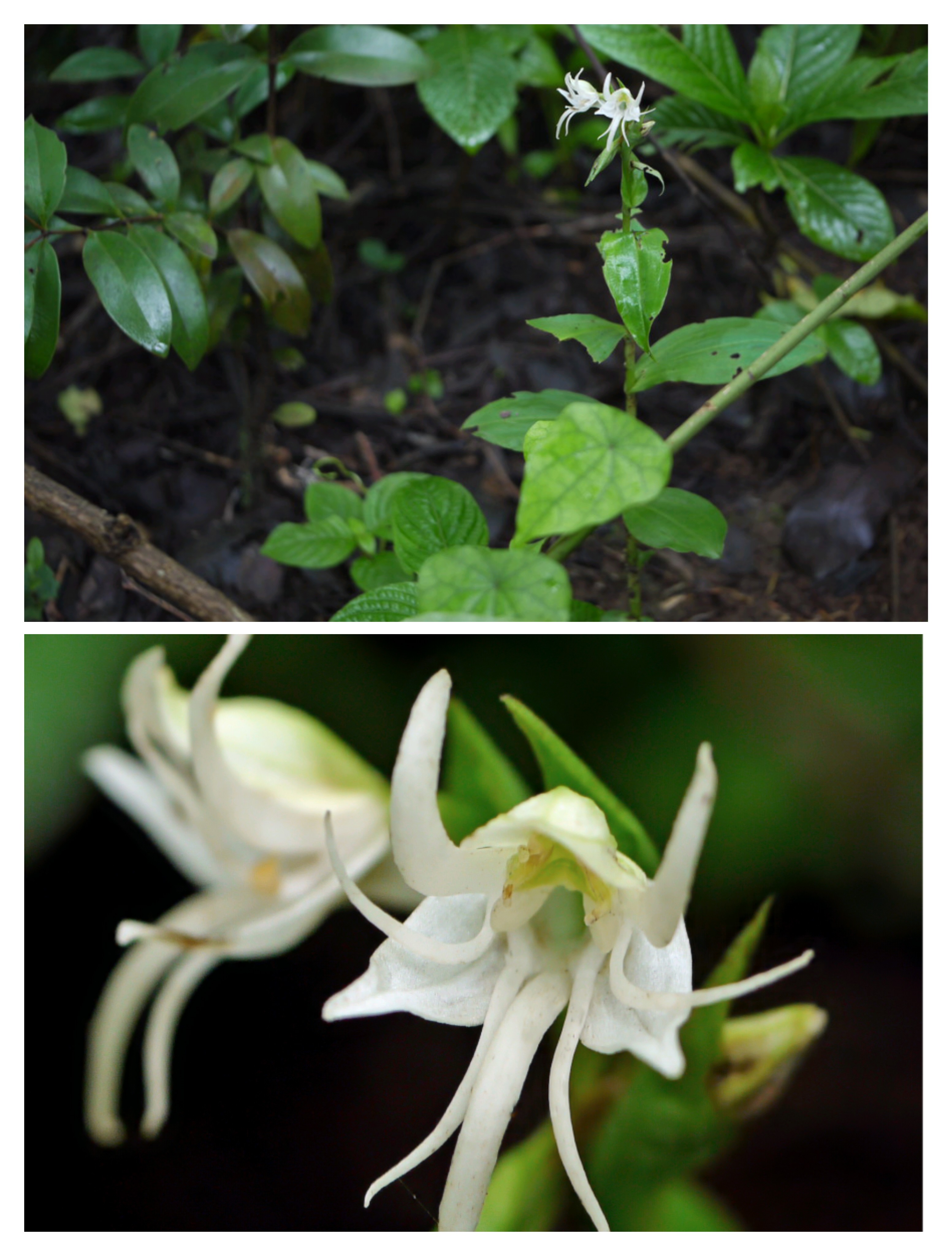
Habenaria grandifloriformis Blatt. & McCann
Common name: Large flowered habenaria
Family: Orchidaceae
Local Status: Endangered
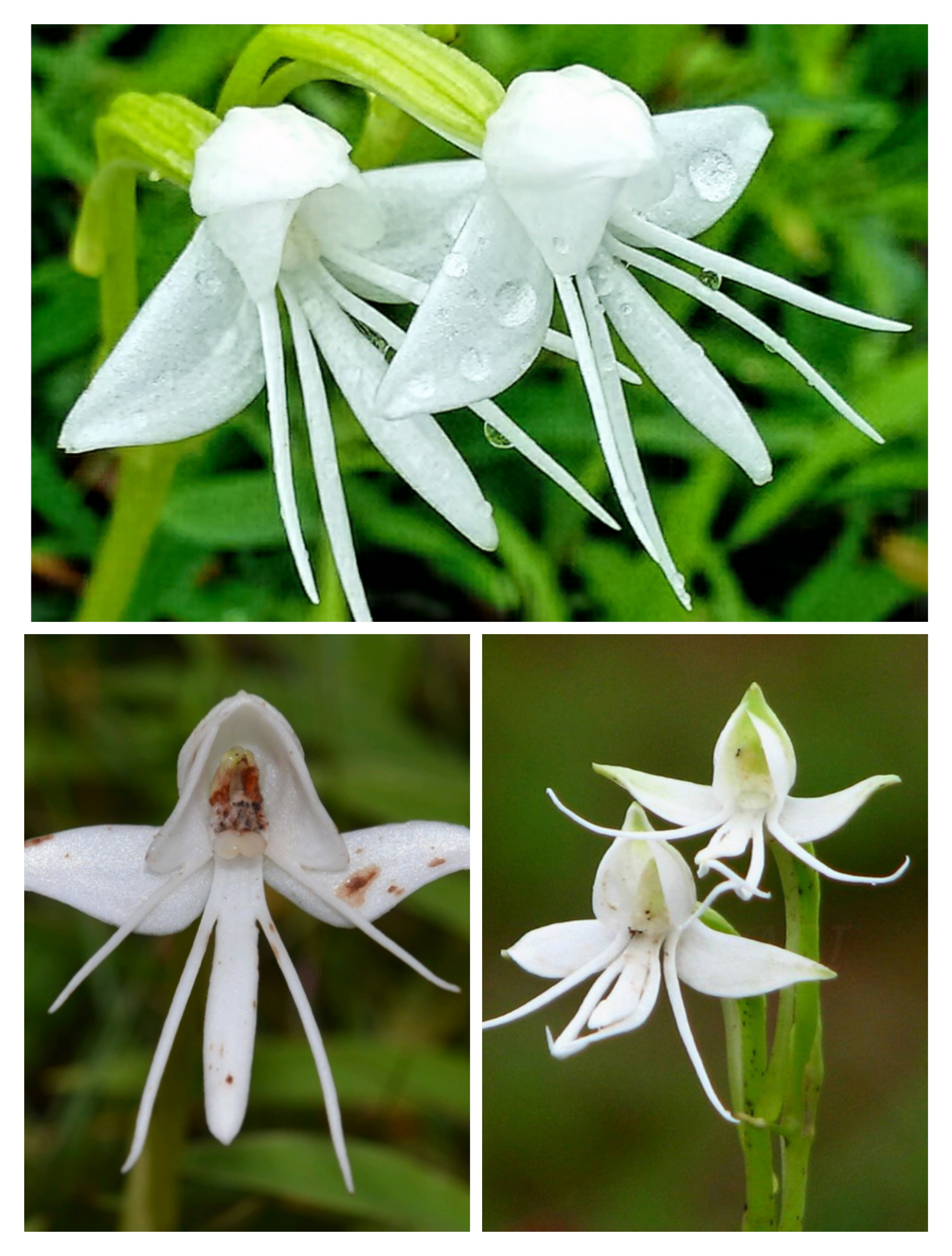
Habenaria longicorniculata J. Graham
Common name: Orchidaceae
Local Status: Endangered

Phanera vahlii (Wight & Arn.) Benth.
Common name: Malu Creeper
Family: Caesalpiniaceae
Local Status: Critically endangered
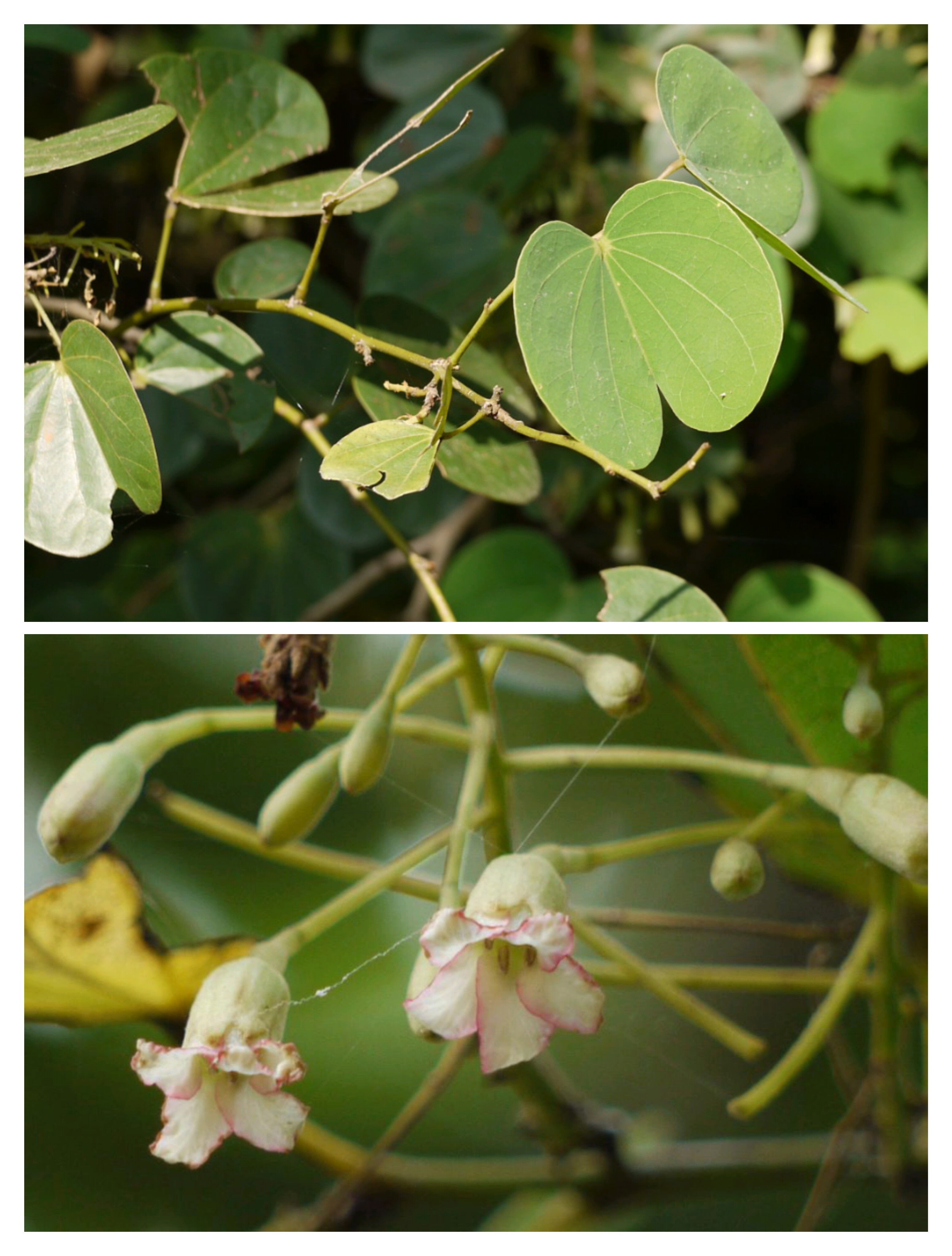
Butea monosperma var. lutea (Witt.)
Common name: Yellow Flame of the Forest
Family: Fabaceae
Local Status: Endangered
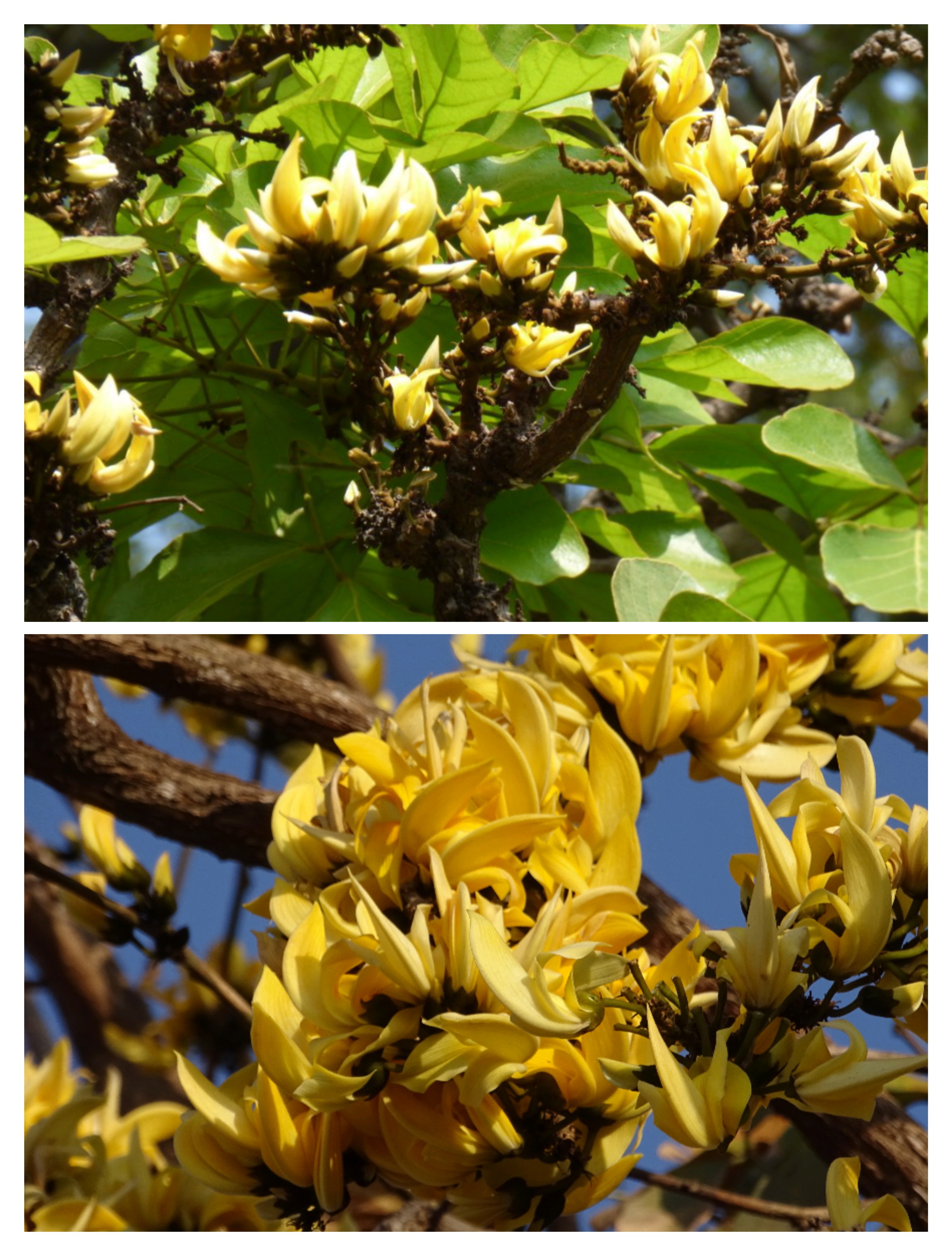
Ipomoea kotschyana Hochst. ex Choisy
Common name: Morning glory
Family: Convolvulaceae
Local Status: Vulnerable

Talinum portulacifolium (Forssk.) Asch. Ex Schweinf
Common name: Flame flower
Family: Talinaceae
Local Status: Critically Endangered
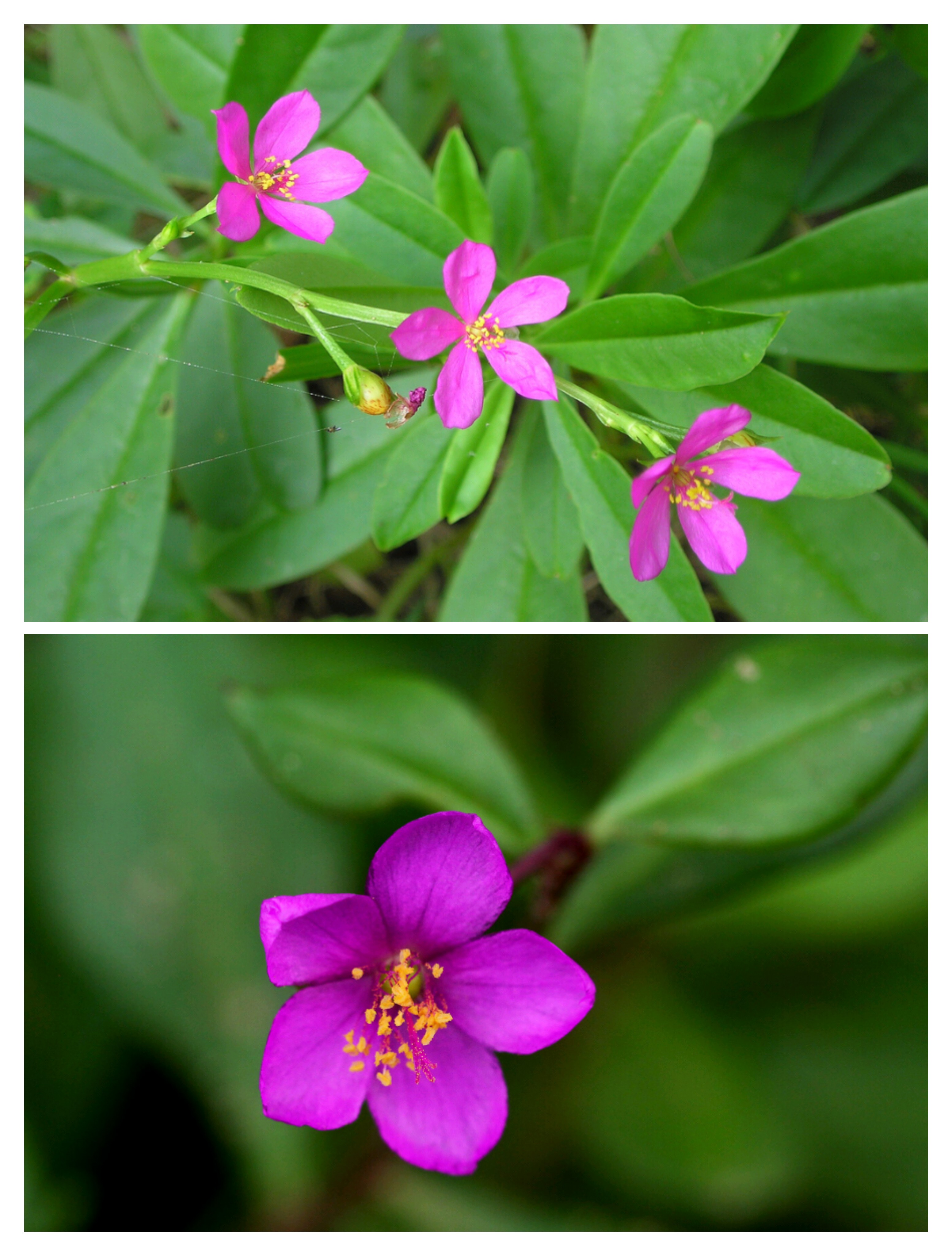
Events
Events Organized by Botanical Garden
Testimonials
What they're saying about us
Gallery
Gallery
Team
Our Garden Team Members

Prof. Haribhai R. Kataria
Dean, Faculty of Science Maharaja Sayajirao University
Padamnabhi Nagar
Garden Superintendent
Snehal Chavda
Botanical Garden Supervisor
Vasantbhai Ramjibhai Parmar
Gardener
Natubhai Poonambhai Raval
Gardener
Bhailalbhai Kanjibhai Rathwa
Gardener
Karansingh Hirubhai Rathwa
Gardener
Kamartaha Saiyad
Research Scholar
Tanmay Rohit
Research Scholar
Sangita Gami
Research Scholar
Guljar Malek
Research Scholar
Jaydeep Sharma
Research Scholar
Krishnasingh Rajput
Research Scholar
Roshan Virola
Research ScholarDepartmental Advisory Committee

Prof. Haribhai R. Kataria
Dean, Faculty of Science Maharaja Sayajirao University
Prof. N.S.R. Krishnayya
Head, Dept. Botany
Prof. Sandhya Kiran Garge
Ex-Head, Dept. Botany
Prof. Vinay. M. Raole

Prof. Aruna Joshi

Prof. Sunil Singh

Dr. Kishore Rajput

Dr. Dharmendra Shah

Mr. Sanket Charola
Contact
Contact Us
Location:
Botanical Garden, Maharaja Sayajirao University, Sayajigunj, Vadodara, Gujarat 390020
Open Hours:
Monday-Saturday:
08:00 AM - 05:00 PM
Email:
botanical.gardan-botany@msubaroda.ac.in
padamnabhi.nagar-botany@msubaroda.ac.in
Call:
+91 63515 56991 - Tanmay Rohit
+91 70160 39065 - Snehal Chavda















